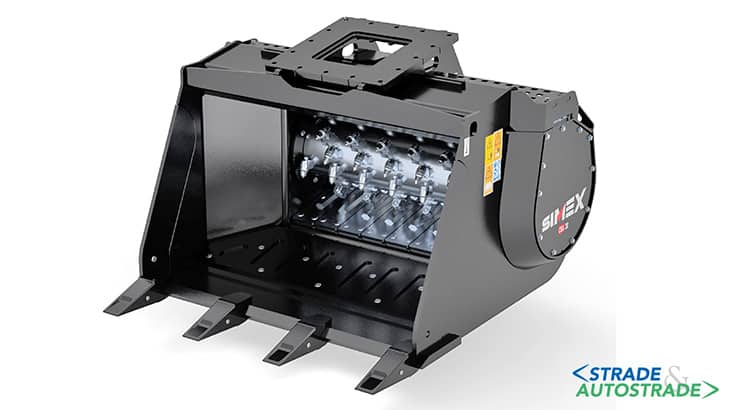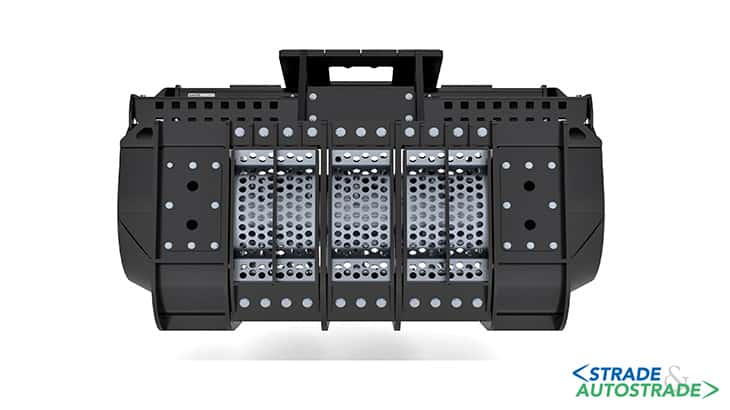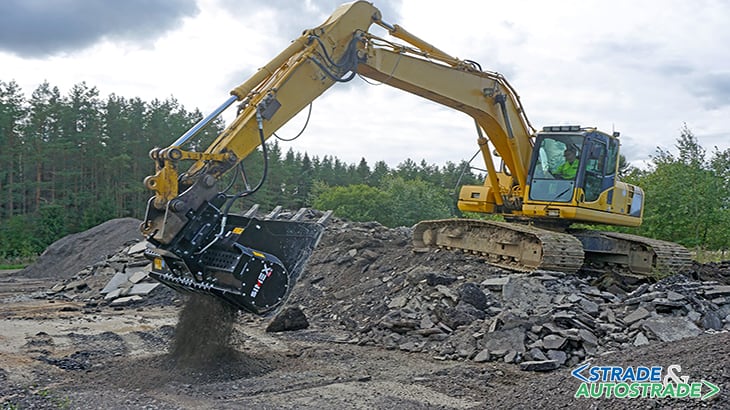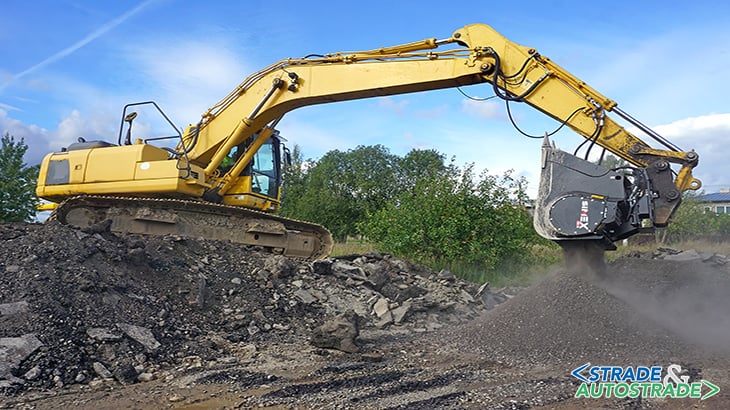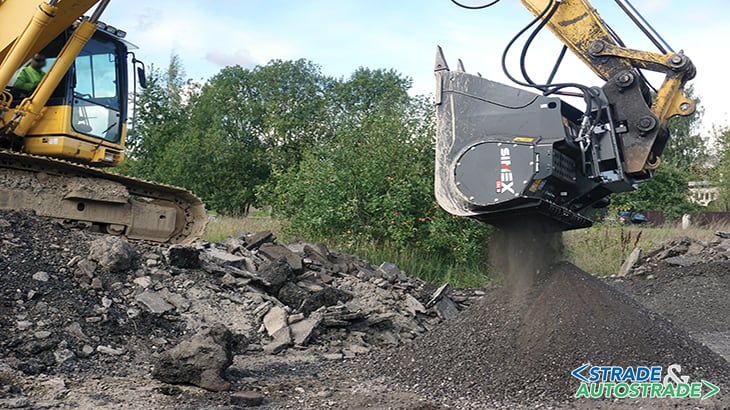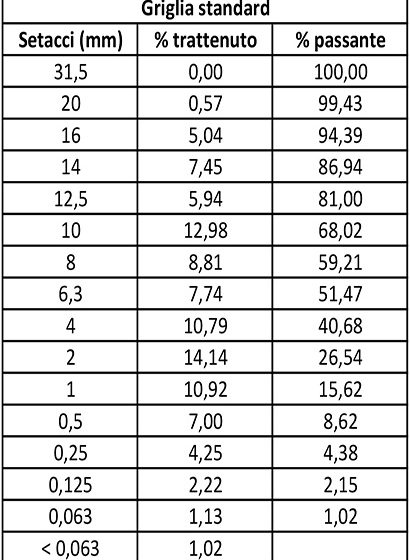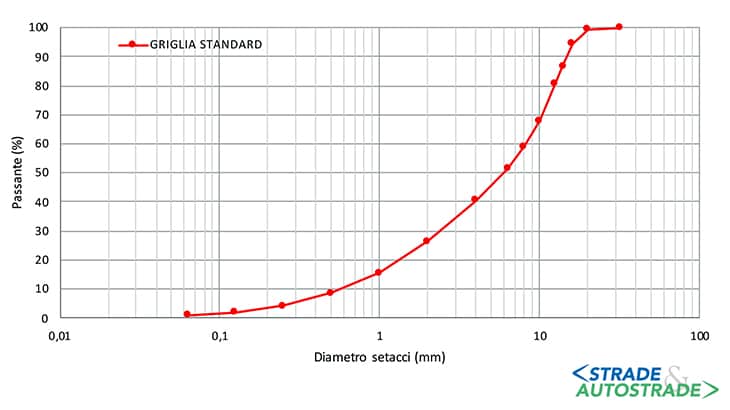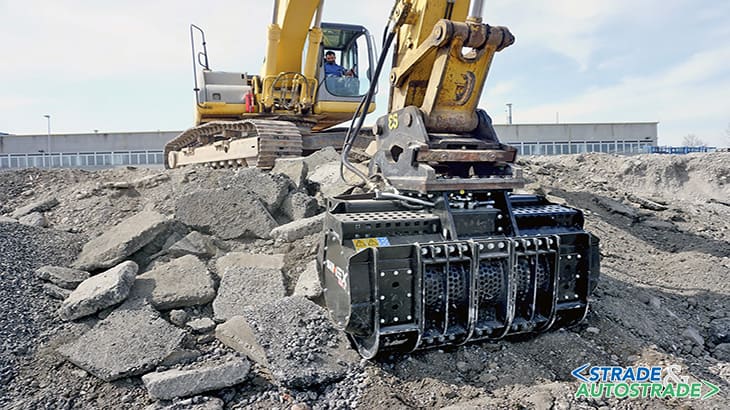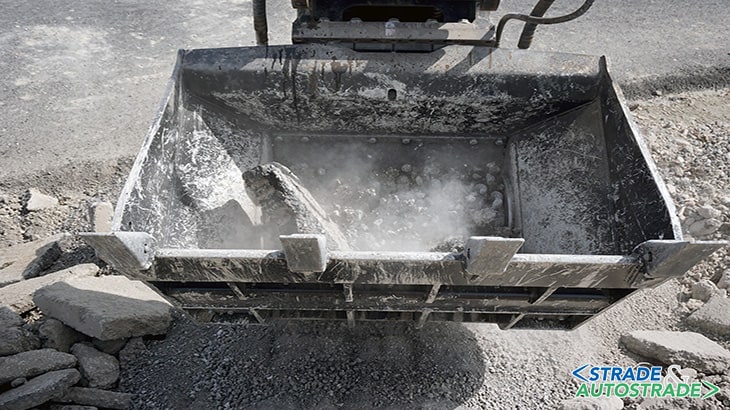The importance of asphalt milling recycling: from waste to resource ![]() Per la versione in Italiano: https://www.stradeeautostrade.it/attrezzature-e-componenti/limportanza-del-recupero-del-fresato-dasfalto-da-rifiuto-a-vera-e-propria-risorsa/
Per la versione in Italiano: https://www.stradeeautostrade.it/attrezzature-e-componenti/limportanza-del-recupero-del-fresato-dasfalto-da-rifiuto-a-vera-e-propria-risorsa/
In the world of road maintenance and paving, as well as construction, the issue of recovering material deriving from demolition and scarification is becoming increasingly urgent, with the dual objective of combining environmental protection with economic savings.
Those who work in the business are well aware of the huge costs of transporting and disposing of asphalt and material from demolition, as well as the costs for the purchase and transport of new raw materials to the site.
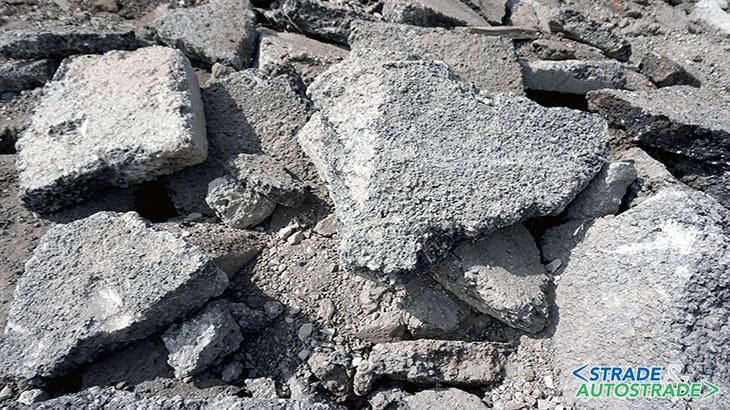
Now, as never before, it is necessary to realize the sector features its own circular economy, particularly in regards to bituminous conglomerates: road paving can be recycled several times, in full compliance with the regulations in force.
Almost 10 million tons of milled bituminous conglomerate are produced every year in Italy. Significant amount, which corresponds to approximately 18% of all waste from C&D (Construction and Demolition).
Simex has chosen to focus on the recycling of asphalt milling, more correctly called today bituminous conglomerate granulate or RAP – Reclaimed Asphalt Pavement by the Legislation, beginning from its expertise in the field of crushing and screening waste materials from demolition, creating a new specific bucket for the recovery of bituminous conglomerate and other construction site aggregates (https://www.simex.it).
The latest equipment from Simex: the CBA asphalt granulator buckets
The Simex R&D Department has combined the concept of milling drums with rotor crusher bucket technology, giving life to the range of CBA asphalt granulator buckets, available in two models: CBA 30 for 18 to 28-ton excavators, and CBA 40 for the 25 to 40-ton range.
The equipment features a cylindrical drum consisting of interchangeable teeth, driven by large displacement radial piston hydraulic motors, in direct drive. The rear grid determines the grain size of the material output and is available in several configurations, to meet the different characteristics required for the milled material by the regulations in force in various countries.
As always, developing this new equipment stems from actively listening to the market, to our dealers as end users, who, every day, must handle new application requirements, regulatory restrictions, administrative constraints and costs for the disposal of materials.
Working in Estonia
Recently, in the Baltic States, the Company AS Baltem, headquartered in Peetri, near Tallinn (Estonia), decided to invest on the CBA asphalt granulator bucket to meet the needs of its own customer, who had to reduce volumetrically large volumes of asphalt slabs, accumulated over time in its material store-house.
Thanks to rear grid, the CBA 30 produced a bituminous conglomerate granulate with a grain size between 0 and 30 mm, specific request of the end Client.
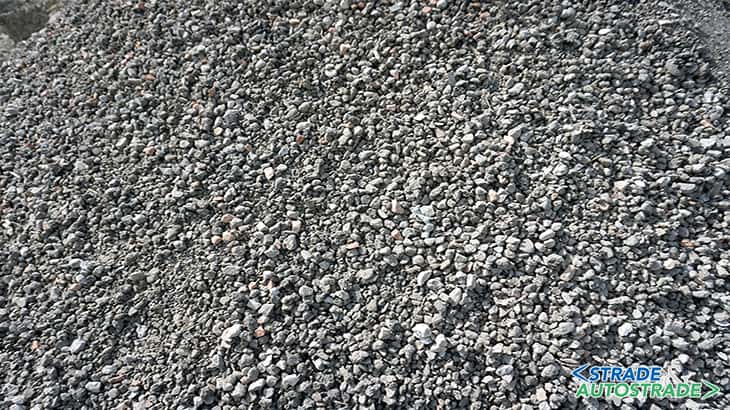
The benefit was twofold: significant costs for the transport and storage of material at disposal plants have been avoided; on the other hand, the certifiable granulometry of the output size allowed to obtain a milled material that can be delivered to the appropriate bituminous conglomerate production sites, thus transforming a waste into a resource.
The CBA asphalt granulator buckets aim to ensure broad autonomy for operators engaged on a daily basis in road maintenance works, crushing aggregates and filling excavations for laying underground utilities.
Cutting down the time and costs related to transport, minimizing the purchase of new raw materials, means optimizing the logistical and economic dynamics of your site, while keeping a watchful eye on the issue of environmental impact and the recovery of those materials which, subject to specific local regulations, could be considered a resource and no longer waste.
Regulation study for the italian market
The Ministerial Decree n. 69 of 28 March 2018 determines the “regulation governing the termination of the qualification of bituminous conglomerate waste”.
Specifically, the conditions for transforming the aggregates into the End of Waste of milled material.
According to the MD 69/18, the asphalt milling will take the name of bituminous conglomerate granulate or RAP – Reclaimed Asphalt Pavement, ceasing to be considered as waste, if:
- it can be used to produce hot-rolled bituminous mixtures, cold bituminous mixtures, or to produce hydraulic and non-alloy bonded aggregates;
- the material is subjected to a release test which must not exceed the limit values of the 19 parameters indicated in table b.2.2 of the Ministerial Decree. The content of polycyclic aromatic hydrocarbons (PAHs) and asbestos must also be checked in accordance with table b.2.1 of the Ministerial Decree;
- the performance characteristics are determined: presence of foreign matter, particle size distribution according to EN 933-1 and nature of the aggregates according to EN 932-3.
![]() Per la versione in Italiano: https://www.stradeeautostrade.it/attrezzature-e-componenti/limportanza-del-recupero-del-fresato-dasfalto-da-rifiuto-a-vera-e-propria-risorsa/
Per la versione in Italiano: https://www.stradeeautostrade.it/attrezzature-e-componenti/limportanza-del-recupero-del-fresato-dasfalto-da-rifiuto-a-vera-e-propria-risorsa/

